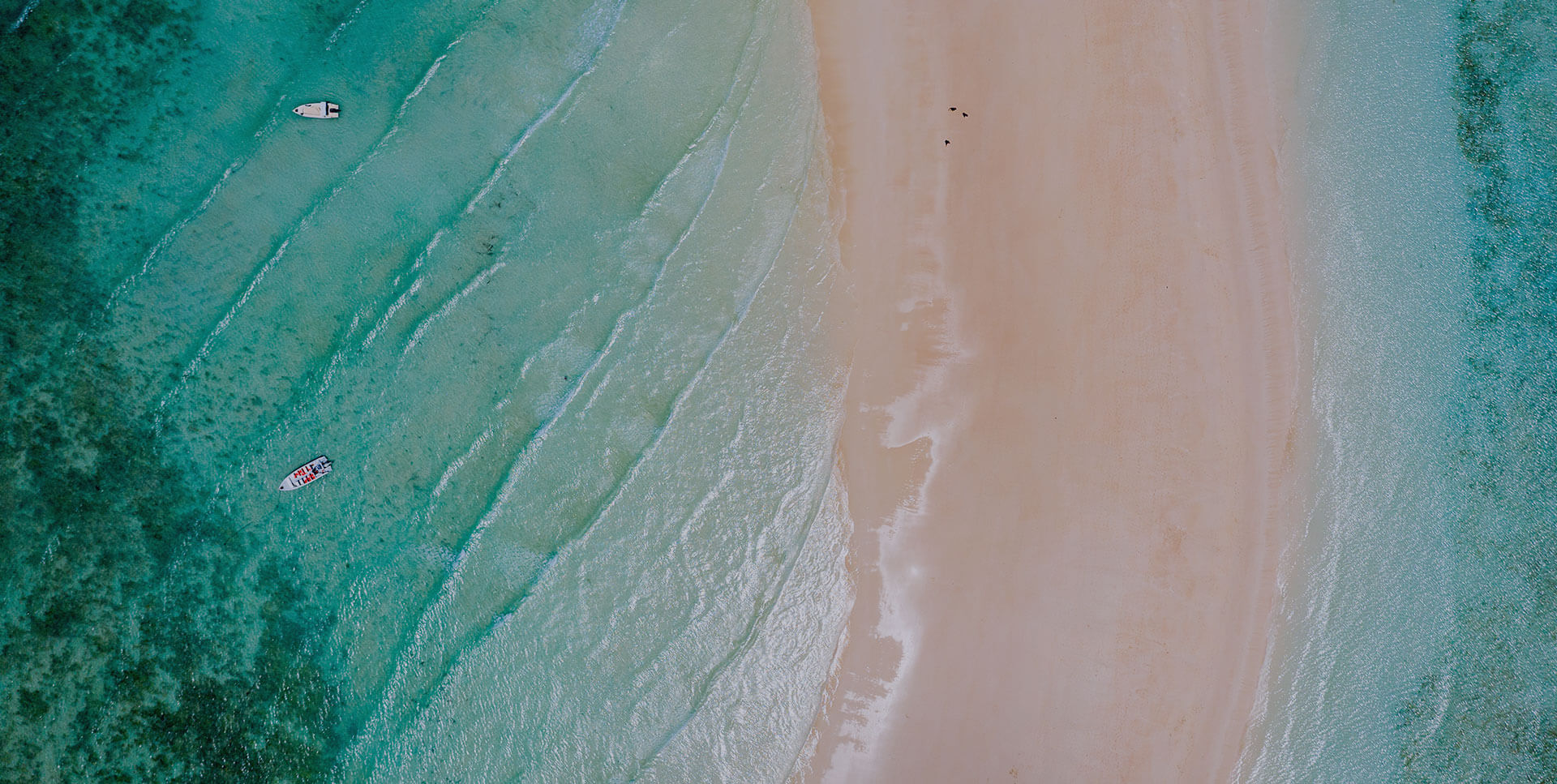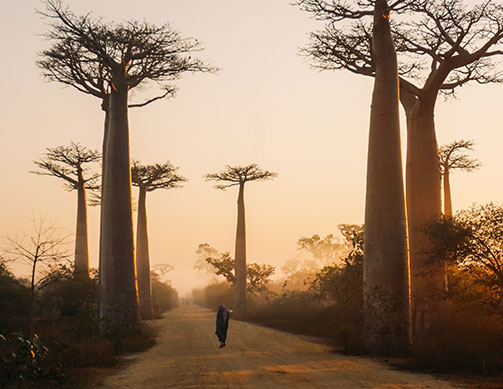Ranomafana National Park

Ranomafana National Park is a lush and biodiverse national park located in the southeastern part of Madagascar. The park was established in 1991 to protect the unique biodiversity of the region, including its rich flora and fauna. Here are some key features and information about Ranomafana National Park:
Biodiversity: Ranomafana is renowned for its incredible biodiversity, with a variety of ecosystems ranging from lowland rainforests to montane forests. The park is home to a wide array of plant and animal species, some of which are rare and endemic to the region.
Flora: The park boasts a diverse range of plant life, including numerous species of ferns, orchids, and medicinal plants. The lush vegetation contributes to the park's overall scenic beauty.
Fauna: One of the main attractions of Ranomafana is its diverse wildlife. The park is inhabited by several lemur species, such as the golden bamboo lemur and the greater bamboo lemur. It's also home to various species of chameleons, frogs, and a multitude of bird species.
Thermal Springs: The name "Ranomafana" means "hot water" in Malagasy. The park is known for its thermal springs, which are not only scenic but also provide a habitat for certain species of aquatic life.
Research and Conservation: Due to its ecological significance, Ranomafana National Park has become a focal point for scientific research and conservation efforts. Researchers study the unique ecosystems and species found within the park, contributing valuable information to global biodiversity conservation.
Visitor Experience: The park offers hiking trails of varying difficulty levels, allowing visitors to explore its diverse landscapes. Experienced guides lead tours, providing insights into the flora, fauna, and conservation efforts in the area.
Ranomafana National Park is not only a haven for nature lovers and researchers but also plays a crucial role in the conservation of Madagascar's unique and threatened ecosystems.
Article source: ChatGPT

